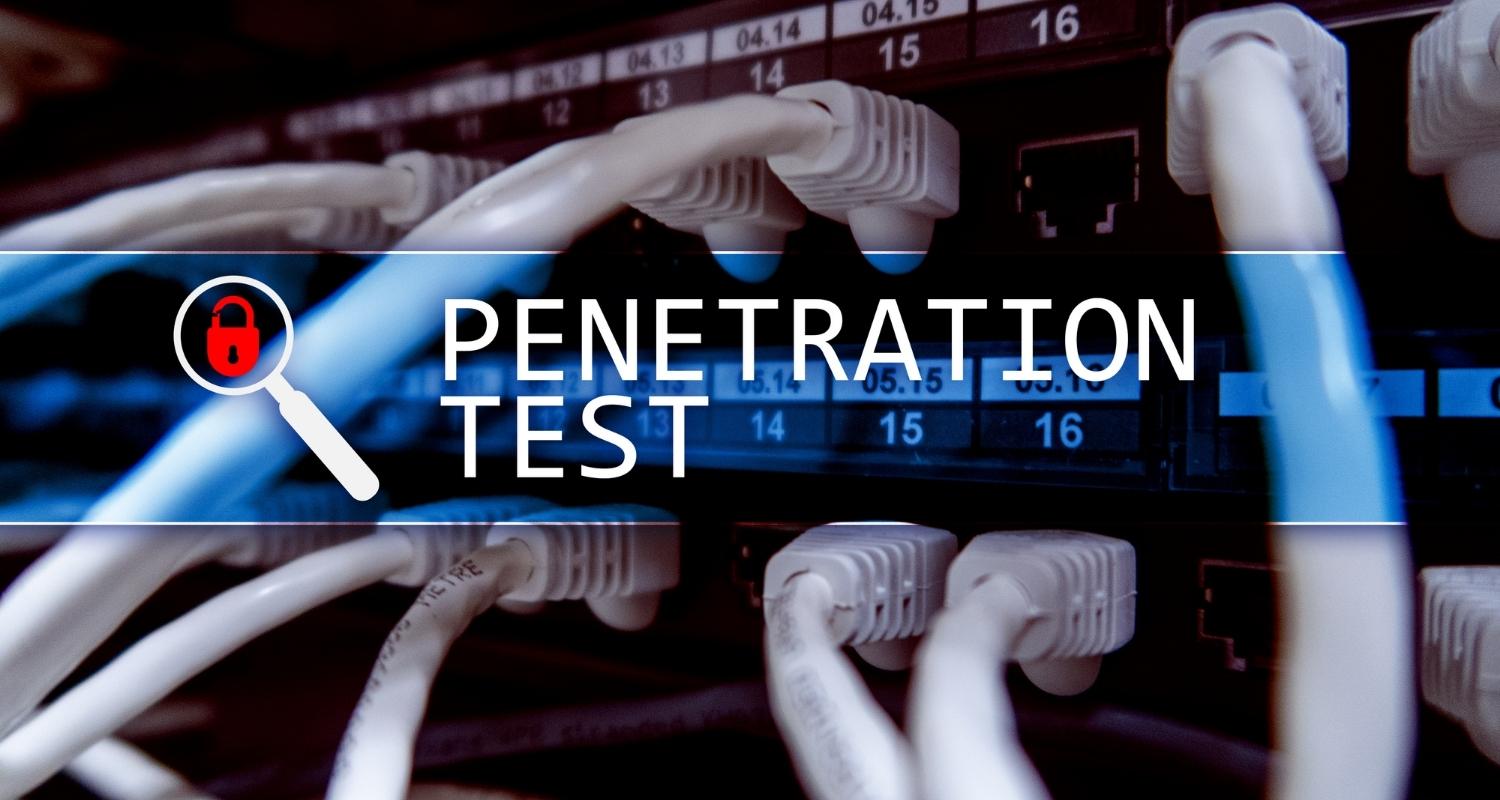Table of Contents
- What Is a Penetration Test Report?
- Optimizing a Pentest Report
- Creating a Penetration Test Report
- Best Practices
What Is a Penetration Test Report?
Penetration testing (a.k.a. “Pentesting”) entails testing a system, network or application’s security. Pentesters utilize the same tactics as malevolent attackers, but the procedure is lawful since the tested company consents.
A pentester must document the testing methodology and the vulnerabilities found, and then produce a report. The objective of a penetration test is to find vulnerabilities and security flaws which the company can address, so a penetration tester must generate the best report possible.
A good penetration testing report summarizes the findings, highlights the vulnerabilities and business implications and recommends solutions. Successful penetration testers use a rigorous approach and publish their findings.
Optimizing a Pentest Report
A penetration test report details the system’s flaws. It also describes solutions such as patching, hardening, and limiting system functionality where required. The purpose is to identify and repair problem areas.
The following are things which optimize a pentest report:
- The goal should be known and explained.
- Knowing what could happen if there is a breach.
- Outlining the testing process and other techniques that go with it.
What Makes a Great Pentesting Report?
It is common for penetration testing results to be too technical. They also sometimes don’t describe the commercial effects of the mentioned vulnerabilities. A good penetration tester finds the flaws and describes their effect on the consumer. The reports should provide the consumer with answers to hazards.
Creating a Penetration Test Report
Here are the main elements of a report on a penetration test:
 Executive summary – Pentesting reports begin with an executive summary of your results. This should be in plain English for non-security specialists to grasp the significance of the found vulnerabilities and what the company must do to fix them.
Executive summary – Pentesting reports begin with an executive summary of your results. This should be in plain English for non-security specialists to grasp the significance of the found vulnerabilities and what the company must do to fix them.
Details of discovered vulnerabilities – These show how an attacker may exploit the flaws you detected. Plain language should be used which security experts, developers, and non-technical positions can grasp.
Business impact – Now that you know the vulnerabilities, assess their effects on the company. Score the vulnerabilities using the CVSS (Common Vulnerability Scoring System). Define important systems impacted by each vulnerability and describe the effect on the organization if the vulnerability is exploited.
When pentesting a financial application, describe what each vulnerability allows attackers to accomplish. Can they conduct financial transactions? What files can they see, and what activities could they perform? This is crucial for decision-makers to grasp.
Exploitation difficulty – Describe how you discovered and exploited each vulnerability in this section. Give a clear mark for exploitation ease (Easy, Medium, Hard). Together with the severity of the vulnerabilities, this information helps prioritize remedies.
Remediation recommendations – Most importantly, explain how to fix the weaknesses found in the company. Specify how to repair all damaged systems. Research the most efficient repair for each issue to make your advice more successful. For example, one system may be patched simply, while another cannot and must be separated from the network.
Strategic recommendations – Provide advice for enhancing the organization’s security processes. If the company missed your penetration test, suggest a better monitoring method. If the company gives users too many powers, suggest a better access control method.
Best Practices
The following tips will help you write a good report on pentesting:
- Note the good with the bad – Don’t only report the company’s security flaws. Notify the organization if you located well-defended places, or if you tried to attack and were stopped by security technologies. Effective security safeguards do not diminish the usefulness of your penetration test, for the customer will learn that their security investments have paid off.
- Write the report as you go – It’s best to create the report while doing the penetration test rather than waiting until the finish. As you test, take screenshots, record incidents and write your draft report. Then you can compile your notes into a final report, so you won’t get stuck after your pentesting engagement.
- Document your methods – Each penetration tester has their own methodology. Report readers should know your methodology. How did you conduct recon? Why did you attempt one assault over others? Did you employ a NIST or SANS framework? Throughout your report, this material should be weaved to enhance its credibility and value.
- Clearly define the scope – To keep your customer satisfied and prevent ethical and legal difficulties, specify your penetration test’s scope. Remember if you go beyond the scope of the penetration test (even if you mean well) you may be held liable. Prepare a concise Statement of Work (SOW) that specifies what you must test. Make sure everyone knows what you’ve been recruited to accomplish in your report.
For more information on penetration test reports, visit CyberHunter online or call us at (833) 292-4868 today.


